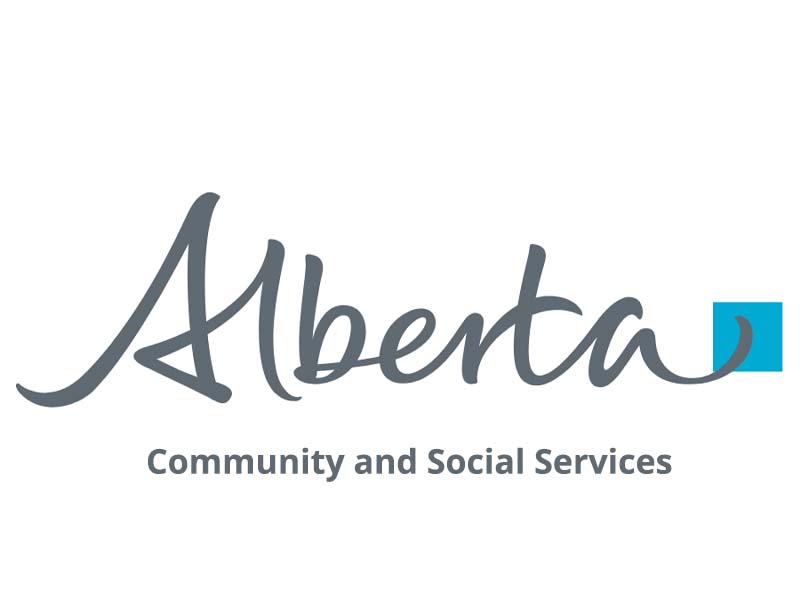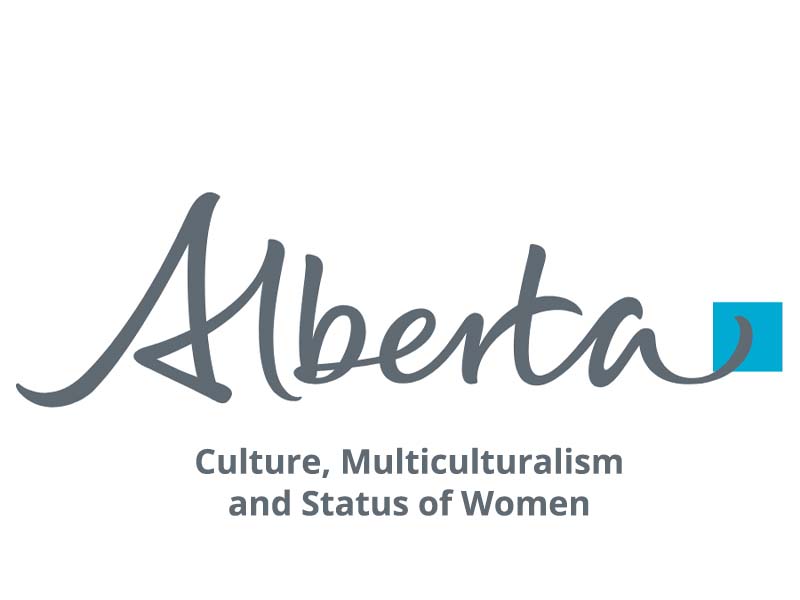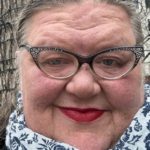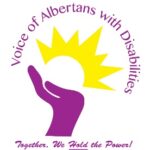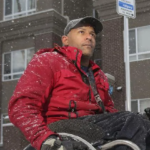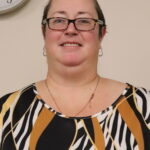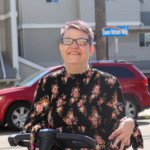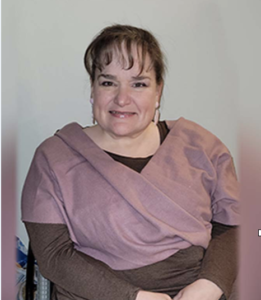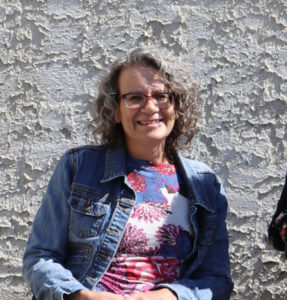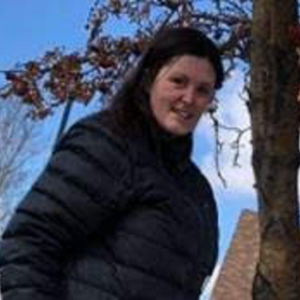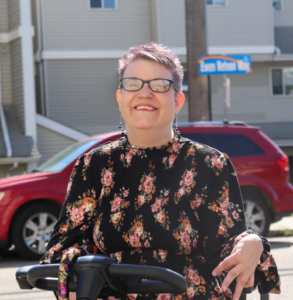What We’ve Heard: Barriers Across Alberta – Real Voices. Real Challenges – Real Change.
Through our outreach and one-on-one support across the province, Voice of Albertans with Disabilities (VAD) has heard powerful stories from individuals and families living with disabilities. These voices reveal the systemic barriers people face every day—and they guide our advocacy and programming.
Here are just a few of the recurring issues we’ve encountered—and how VAD is responding:
Barrier: Access to Medical Professionals
Many Albertans report long waitlists, travel barriers, and lack of family doctors—especially in rural and Indigenous communities. This makes it nearly impossible to complete benefit applications that require medical validation.
VAD’s Response:
We help clients prepare clear documentation, communicate with clinics, and explore alternative routes (like accessing walk-in or nurse practitioner assessments). We also share this data with health networks to advocate for better access.
Barrier: Complex and Confusing Government Forms
Applications like AISH, CPPD, DTC, and the Canada Disability Benefit often feel overwhelming and unclear, especially for people with cognitive, sensory, or literacy challenges.
VAD’s Response:
We provide free one-on-one form assistance, in-office, on the phone, and through community pop-up sessions across Alberta. We’ve expanded our resources and simplified guides to help individuals and support workers navigate the systems with confidence.
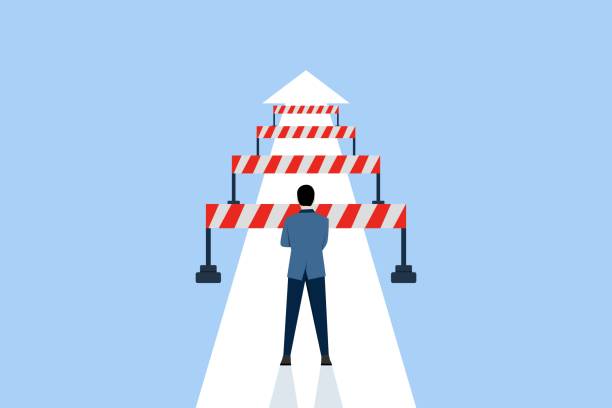
the concept of overcoming challenges and obstacles on the way to business success. increasing motivation, how to achieve goals, overcoming obstacles. Flat vector illustration on blue background.
Barrier: Inaccessible Service Environments
Some agencies still use non-accessible buildings, paper-only processes, or inflexible appointment structures—making it hard for people with mobility, mental health, or sensory disabilities to access services.
VAD’s Response:
We are working with partner organizations to promote universal design, offer multiple ways to access services (in-person, online, and by phone), and advocate for policy changes that remove physical and procedural barriers.
 Become a Member
Become a Member login
login




